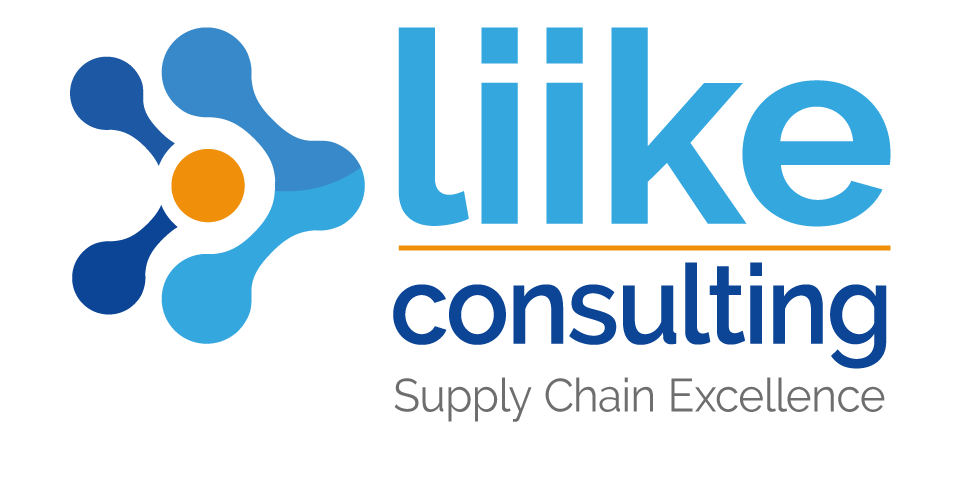From Uncertainty to Certainty: The Great Value of Automation
- September 27, 2022
- Posted by: admin
- Category: E-COMMERCE, Logistics

From Uncertainty to Certainty: The Great Value of Automation
During the last time, one of the concerns in Supply Chain has been the uncertainty left by the pandemic, which revealed certain weaknesses at the operational level in companies. Fighting uncertainty has become the leitmotiv of many, and technology solutions and automated equipment are an invaluable contribution in the search for certainty.
In an operation without technology we navigate through the operational uncertainty of starting a day without knowing, many times, how it will end, therefore, the incorporation of these tools – regardless of the degree of automation involved – leaves behind the scope of operational will or the uncertainty of knowing if the operation will be carried out at the right time and in the right way. With automation, we gain certainty, thanks to the visibility we have and the fluidity of the processes.
In the face of these projects, the search for improvement in terms of productivity appears as a key factor for investment. However, it has become clear that the benefits go beyond this, and that the fluidity and speed it gives to the operation is something difficult to measure.
The advantages and improvements provided by these tools confirm that automation has become a point of no return that forces us to continue, step by step, increasing the degree of automation in the company and that it is gaining strength, especially in the face of difficulties in terms of productivity, service fulfillment, infrastructure capacity and human resources.
As we have seen with the e-Commerce explosion – which forced many to look to technology to improve productivity – the general pace of business is driving us toward new degrees of automation. Once you get in, it’s an upward path, always positive, because it’s the business itself that leads you down the path of automation.
Currently, these technologies have democratized by expanding their access and, therefore, allow many companies that previously saw these solutions as distant to take the first steps on this path. Before, considering a robot was unthinkable for many, but today it is a reality increasingly present in the national industry.
The technology has been gaining space, positioning itself little by little as a real alternative for operational improvement. The advantages brought by these systems make it impossible to go back, since their advantages are the best representatives of the qualities of these equipments. And as companies grow, they are also advancing in their degree of automation. A second step is always easier than the first, because the benefits are already proven.
However, when we talk about the first step, it is essential to understand what we are looking for with these solutions, as this is essential for the success of the implementation and the acceptance and adaptation of the equipment to this new operational reality.
The leap at the operational level is so great that there are no setbacks. The benefits are seen in productivity, service level and speed of response. The company that understands that its logistics is key to its value proposition sees these solutions as a real contribution and also values other intangible benefits that are difficult to measure, since this can be understood as “moving from a dirty process to a clean one”.
These processes give us certainty and operating in this way makes a difference and allows companies to fulfill their service promise.

